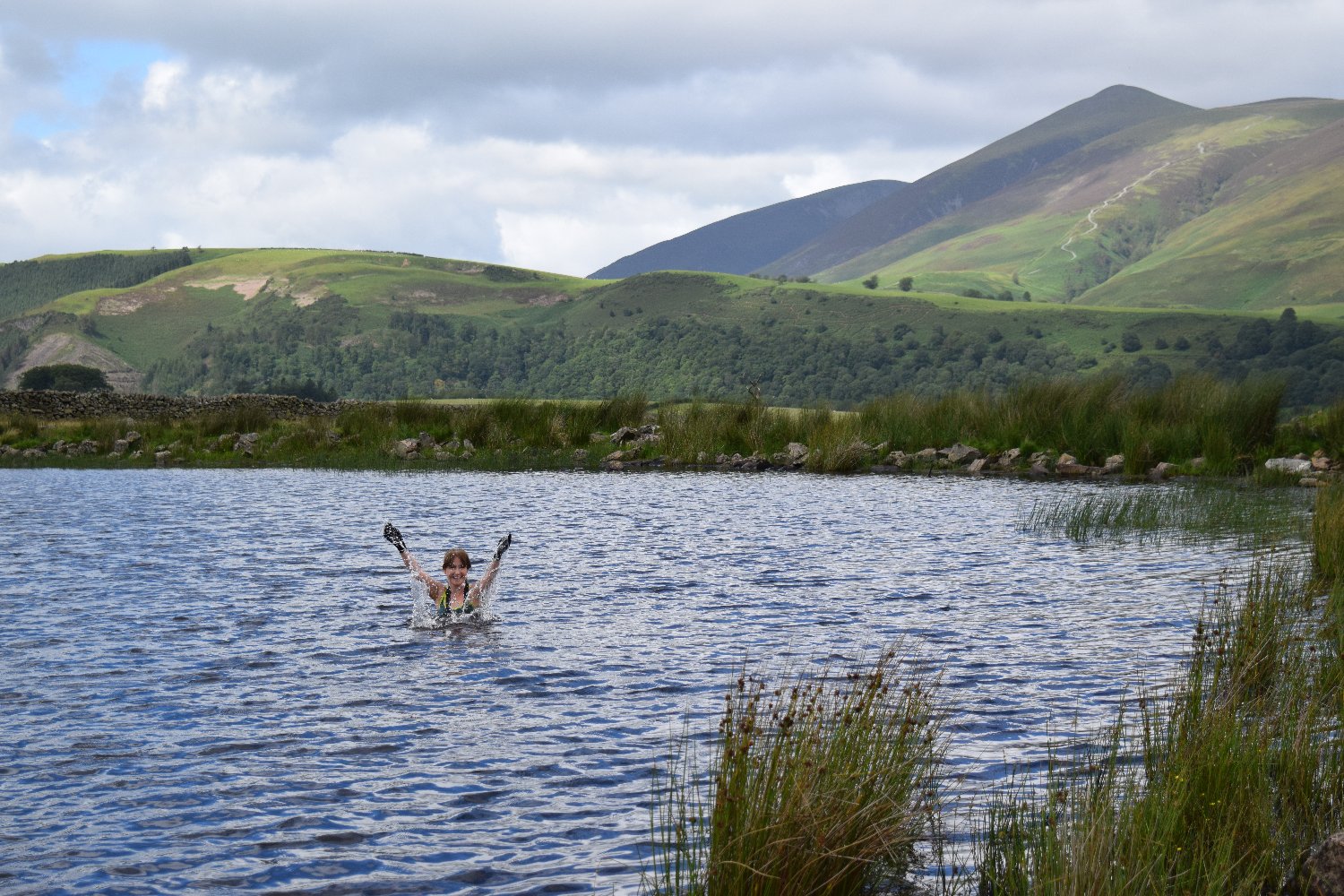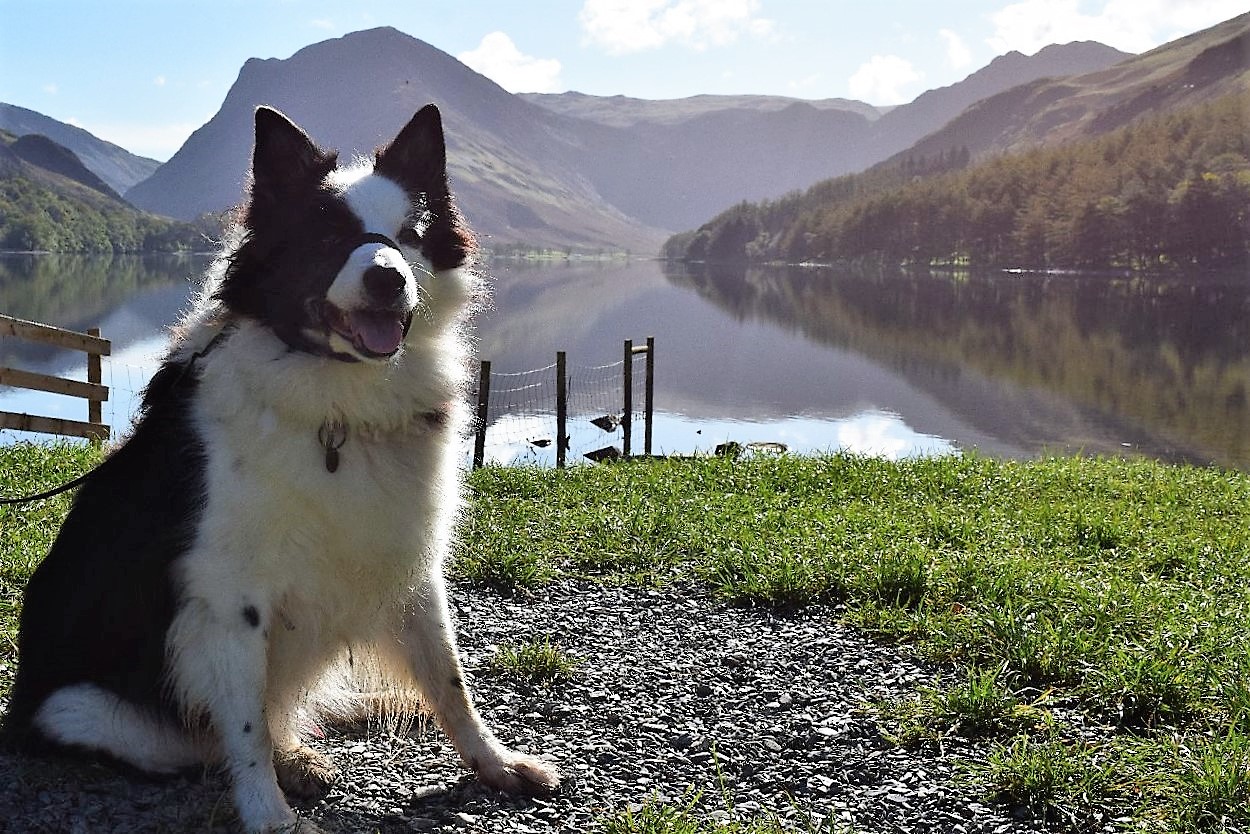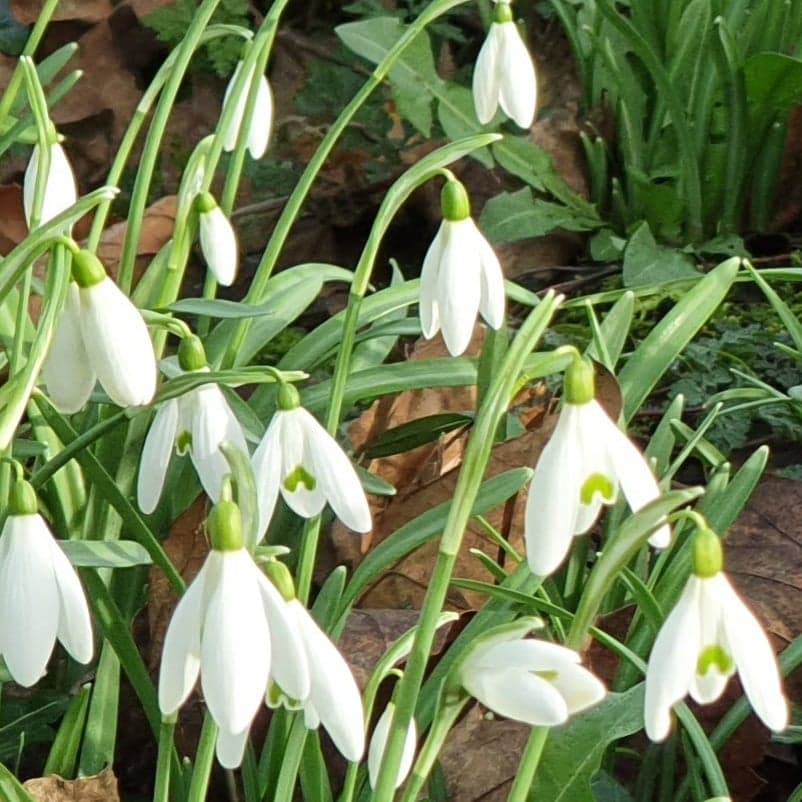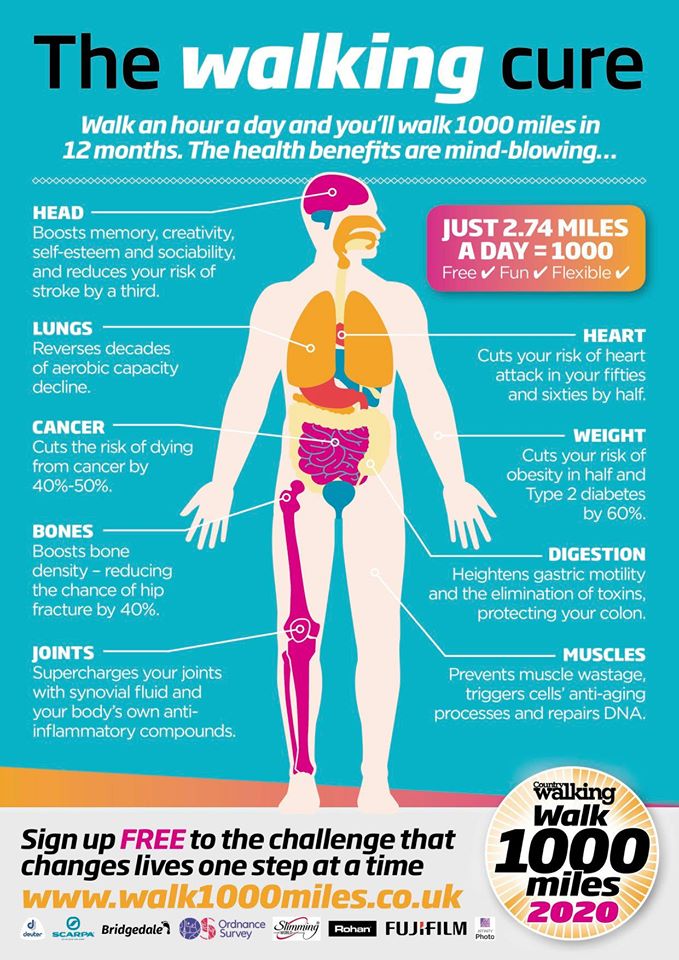Welcome to my fourth and final #walk1000miles post!
2020 has been the fourth year I’ve participated in the initiative by Country Walking Magazine. For the past 12 months, I’ve been busy counting my miles daily and tallying my weekly totals. I’ve counted workouts on the cross-trainer, walks to work (they’ve not been many this year!), exercising the family dog, Riley and of course holidays and days out with David!
Though 2020 has been a challenging year in itself, my overall mileage for 2020 has been 1,495 miles, only five miles from the 1,500 milestone, but some 484 miles from 2019’s total. However, I’m pleased with my tally for 2020, what with lock-downs, not working for eight months and not going on many holidays, I’m amazed I walked as much as I did!
This year I’ve also been counting the miles Riley has walked with me. My daily Riley walks have kept me sane. His grand total for 2020 is: 792! Well done Riley!
As in previous posts, I’ve split the year into seasons: spring, summer, autumn and winter, and give the miles for each of the three months. It will be good to see how different my mileage accumulates over the year and how it differs per season and against previous years totals.
So without further ado, let’s begin with my favourite season of all, spring!
Spring: (March, April and May)
Before the chaos that was Covid-19 and of people stock pilling the likes of toilet paper! David and I managed to go on a few day trips: the first to Grasmere, the Lake District, the second to Snowdonia, Wales. Then lock-down, part one was initiated and I was (eventually) furloughed. I made the most of the days off work and walked Riley every day.





Total miles for spring = 379. 2
Previous year totals: 2017 – 332, 2018 – 481, and 2019 – 495.
Summer: (June, July and August)
Thankfully lock-down was phased out and it felt like life was getting back to some semblance of how it used to be. The Wildlife Trusts’ 30 Days Wild eased David and I back out walking at local nature reserves and in July we took a day trip to the Lake District to tick off some wild swims. My swim tally this year has been abysmal! We took our one and only weekend break in August to the Lake District once again, and chose walks/lakes that I knew would be less crowded.





Total miles for summer = 384.5
Previous year totals: 2017 – 382, 2018 – 442 and 2019 – 461.
Autumn: (September, October and November)
Sadly there was talk on the wind of a second lock-down and the country was put into tiers which limited travel. David and I kept local, save for a perfect swim/walk to Buttermere with 500 miler (Proclaimer), Riley in tow. A cancelled birthday trip to Scotland was replaced with a laughter filled walk to Formby Beach.





Total miles for autumn = 348.1
Previous year totals: 2017 – 321, 2018 – 479 and 2019 – 457.
Winter: (December, January and February)
The beginning of 2020 was a bit slow adventure wise, a broken toe did little to aid walking. Daily Riley walks were the only highlight of this dark, damp season.





Total miles for winter = 383.2
Previous year totals: 2017 – 281, 2018 – 469 and 2019 – 566.
Grand Total for 2020 – 1,495 miles.
Previous years totals: 2017 – 1,316, 2018 – 1,871 and 2019 – 1,979.
Achieving #walk1000miles in a year is greatly satisfying and addictive, why not give the challenge a go yourself?
#walk1000miles also has a fun, supportive Facebook group. Through participation in this group my name was among the many others on the We Did 1000 Miles page of the January 2021 edition of Country walking Magazine.


I’ve not signed up to 2021’s challenge, however I am continuing my walking but just not counting my miles as religiously as I have in the past. Walking is such an easy, free activity, much underrated if you ask me. I will continue walking the miles I do and see how I go. How about you? Do you feel inspired to give the challenge a go?
If you fancy signing up, click the link below and join thousands more, walking that little bit more than they did last year!
https://www.walk1000miles.co.uk
Thanks for reading, Christine x



 After a full three weeks since the caterpillars were dispatched, they finally arrived!
After a full three weeks since the caterpillars were dispatched, they finally arrived!



 Day 30: For my final post of 2020’s
Day 30: For my final post of 2020’s 






 Day 29: For the last Close up Monday of 2020’s
Day 29: For the last Close up Monday of 2020’s 






 Day 28: For today’s
Day 28: For today’s 




 Day 27: I took a barefoot walk for today’s
Day 27: I took a barefoot walk for today’s 
 Day 26: For today’s
Day 26: For today’s 

 Day 25: Today is Throw Back Thursday!
Day 25: Today is Throw Back Thursday!




 Day 24: For today’s RAW or Random Act of Wildness, The Wildlife Trusts’
Day 24: For today’s RAW or Random Act of Wildness, The Wildlife Trusts’ 
 Day 23: This week (22nd to 28th June) is
Day 23: This week (22nd to 28th June) is 







